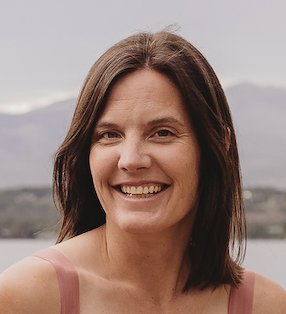Streamlined Teacher Learning: Social Media and Podcasts for Ongoing Growth
,
Colorado Convention Center, Bluebird Ballroom 2A
Presenters


Session description
Purpose & objective
Purpose:
The purpose of this presentation is to tackle the hurdles posed by limited time and classroom obligations in teacher professional development. We aim to deliver frequent micro-professional learning content through social media posts and podcasts. By employing tools like Canva, Adobe Audition, and WeVideo, we seek to create engaging visuals and monthly podcasts. These resources will reach educators through platforms like Instagram, Facebook, Spotify, and blogs, ensuring accessibility and convenience.
Objectives:
-To provide educators with frequent micro-professional development opportunities.
-To use visual components designed with Canva for enhanced content engagement and inclusivity
-To share content on various platforms, including Instagram, Facebook, Spotify, and blogs
-To create podcasts using Adobe Audition, WeVideo, or a platform of your choice
-To reach educators during their daily routines, fostering continuous growth and learning
-To collaborate and share ideas for how to build followers and listenership
Outline
Outline
Participants will move through the following experiences first with designing a social media campaign and then with planning a Podcast. The slide deck will be enhanced with Nearpod in order to provide additional participant engagement.
Section 1: Social Media Planning
Presenter:
- Share Eagle County School District's EdTech Social Media Campaign experience.
- Address platform selection, branding, and graphic/photo strategies.
- Discuss budget constraints, follower acquisition, and cross-platform formatting.
- Recommend post scheduling, unified design, and engagement incentives.
Participant:
- Reflect and plan for learner needs.
- Choose platforms and refine branding.
- Identify potential challenges and mitigation strategies.
- Develop action steps for the campaign launch.
Section 2: Podcast Planning
Presenter:
- Share Eagle County School District's EdTech podcast launch experience.
- Cover recording locations, editing platforms, and hosting channels.
- Discuss challenges like content acquisition, audience building, music selection, and budget.
- Recommend collaboration, mobile recording, Adobe Audition for editing, and clear, content outlines.
Participant:
- Reflect on learner needs.
- Consider recording and editing options, and advertising channels.
- Address potential challenges with mitigation plans.
- Create a content outline for podcasts.
Supporting research
More and more people turn to social media to get information and gain knowledge. While Social media platforms can be a space for misinformation, they can also offer educators access to a vast network of diverse perspectives and resources, facilitating the exchange of best practices and strategies for culturally inclusive teaching.
Podcasts, on the other hand, provide a flexible and accessible avenue for educators to engage in ongoing learning, especially during daily routines. The audio format allows for immersive storytelling and discussions, enabling educators to explore various cultural contexts and perspectives, enhancing their ability to create an inclusive and culturally responsive learning environment through leveraging educational technology.
These digital media outlets not only enable educators to stay updated on the latest pedagogical trends but also empower them to tailor their instructional practices to meet the unique needs of their culturally diverse student populations in a more responsive way.
Session specifications
Laptop: PC, Chromebook, Mac
Tablet: Android, iOS, Windows
Professional Learning Facilitator
- Design professional learning based on needs assessments and frameworks for working with adults to support their cultural, social-emotional and learning needs.
- Facilitate equitable use of digital learning tools and content that meet the needs of each learner.
- Recognize educators across the organization who use technology effectively to enable high-impact teaching and learning.
 Return
Return Participate and share: Interactive session
Participate and share: Interactive session  Trips and Tours
Trips and Tours